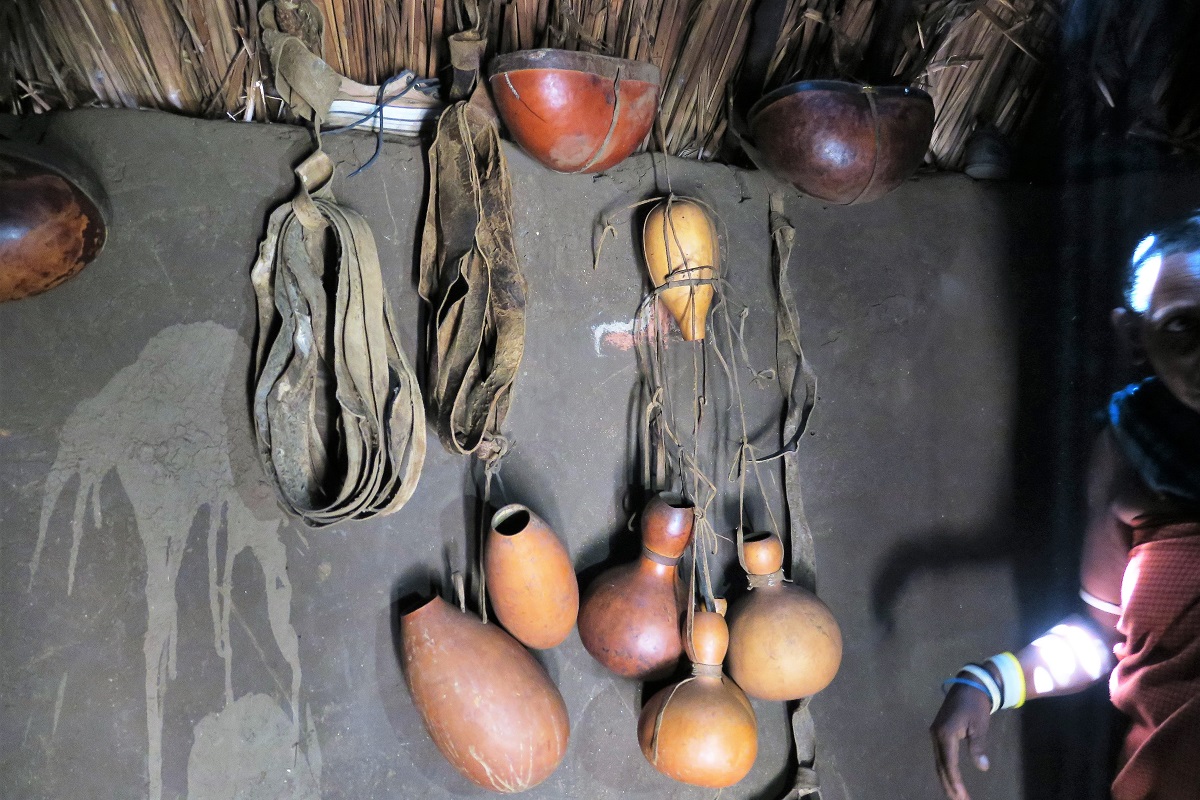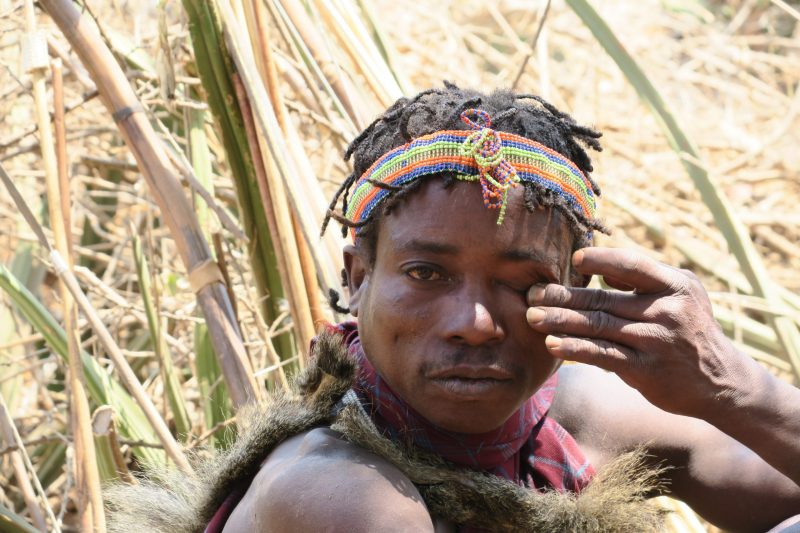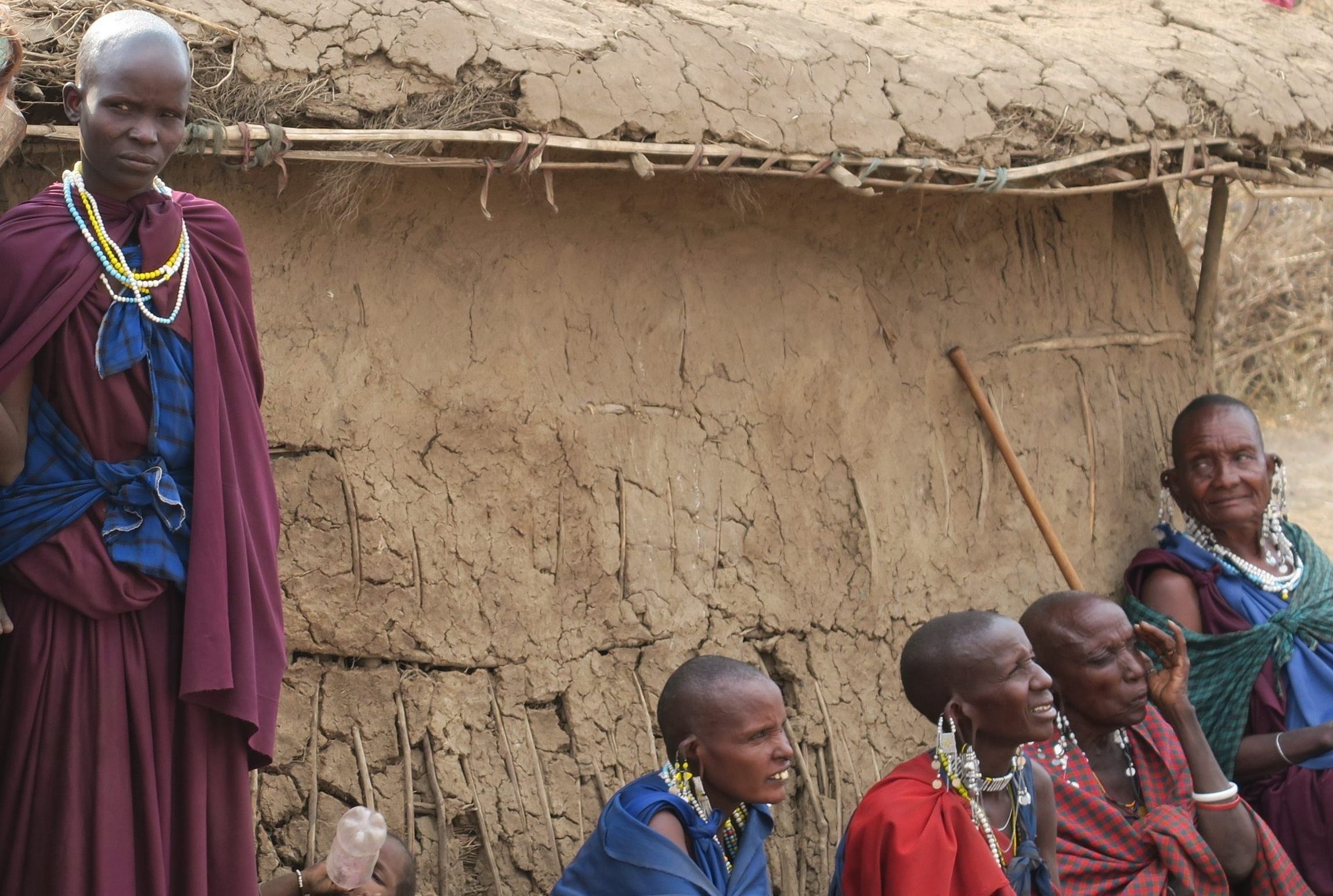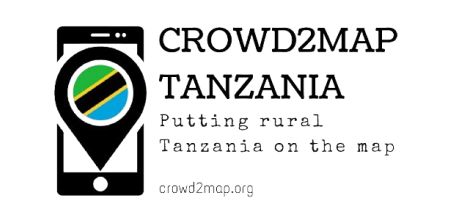In the belly of Africa, with their herds, they wander as if it is the first day of mankind: around them, on the rest of the earth, millenniums have passed uselessly.
Luciana Lain (1992). Popoli proibiti. Editrice Velar.
The charm of Tanzania is illuminated by the wonderful people who inhabit it, or rather by the more than 120 tribes that compose it, in a harmony that has its origins in the history of humanity, but which has consolidated itself in the post-colonial development of the country.
“Since the dawn, when the savannas of East and South Africa saw the birth of humanity, Tanzania has been home to countless peoples of different origins. Tanzania’s history has been influenced by a procession of peoples, from Bantu settlers from southern and western Africa, to Shiraz Arabs in Persia and Oman, to Portuguese, Germans and British. The Tanzanians took control of their own destiny with independence in 1961. Unlike other African countries, most people identify primarily as Tanzanian. This reflects the ideals that have been introduced by the nation’s leader for over twenty years, Julius Nyerere”. from https://www.tanzaniatourism.go.tz/it/tanzania/facts/popolazione
The meeting with the tribes of Tanzania
In this wonderful mix of people and cultures, during your trip you will have the opportunity to meet even the tribes that still live according to their traditions. As you will experience yourself, the realities you encounter will be authentically tribal: no staging for tourists, but welcoming rites, dances and songs that express an ancestral culture, that will penetrate, disconcert and fascinate you, the more you let yourself be carried away by their hospitality and their willingness to share with you their everyday life. With us you can also visit the villages less accustomed to tourists, although within the groups that have given their availability to visits by the institution in charge, in full respect of their culture and also their privacy. You will touch (figuratively and literally) a life which is so different from your life, but which is at the origin of the history of humanity, in which the supreme value is not the individual but the survival of the group.
Cultures which have crossed millennia
There are so many questions that tribal life raises, and most of them are impossible to answer, for us Westerners of affluent living, proud of our values based on individual rights and personal freedom, but one thing is certain: the men, the women and the children you will meet, with their heavy odors, with their dusty hands, with their scarred skin, will never give you the idea of unhappiness. Many are the limits of tribal traditions, and they concern especially the woman, from polygamy and premature marriages to female genital mutilations, but no answer or solution can be found without respect for cultures that have crossed millennia and that have reached us, wealthy men, cultured and clean, like a fist in the stomach, carrying with them the nostalgia for what we were and what we no longer know to be: we would not know how to live their lives even for a day. We found a concrete answer to our questions in Hope for girls & women, an association founded by a brave and determined young Tanzanian woman, Rhobi Samwell. Our support for her work is a small contribution to the fight against the practice of mutilation and the containment of its consequences.
So let’s meet the tribes. First of all…
The Hadzabe
The Hadza or Hadzabe are one of the last nomadic tribes of hunters and gatherers, little known before the studies of the American anthropologist Frank Marlowe (1954-2019), although it is difficult to find another tribe of similar relevance for the study of the evolution of man. Their culture dates back over 12.000 years, before evolution led man to raise animals and cultivate land.
It’s about 1.000 individuals, moving in an area of 4.000 square kilometers around Lake Eyasi. They do not know time (neither the years, nor the months, nor the days or the hours), they do not know numbers beyond four, they have no form of writing, they do not make drawings or engravings. In their language (Hadzane) are present various types of clicks, among the consonants, as in other ancient tribes of African hunters and gatherers (such as the Juhoansi of Namibia and Botswana), from which, however, they are genetically very distant.
Tribute to the Hadzabe
I approach with my sufficiency as a man afflicted by modernity, poor in my instruments.
Next to you the head slashed of a warthog. Your hut-like lines, your poisoned bow, your baboon skin on the shoulder. You smoke, in a circle, with others. Further on, women, always in a circle, with children. Penetrating smell and a greeting with a handshake.
Nothing, just nature, you are nature and in nature. You are with nature and it is your only home. From its life and survival. The oozing honey, the juicy tuber, the vitamin roots, the fleshy baboon, the generous baobab.
Even if you kill, you save it and you save yourself, and if nature doesn’t save you, you turn around. You are clinging to your world, to your traditions and no one, not even modernity with its flattery, can uproot you from the history of your ancestors. A perfect symbiosis, as we all were, a long time ago. You need nothing, not time, nor us; you need only the earth, your land.
Do you know? You talk funny, you whistle and you click… and yet I understand you… I recognize myself in your rough but precise gestures, when you stretch the deadly bow and collect the honey, when you climb the baobab and you bend by the berries, when you sing and play your simple instruments, when you put your wild cat belt on your head and even when you consider everyone equally, when the authority is the best, when the woman has her role, when everything is community and when the property is everyone’s.
Because much of this, to me, in the great opulence, is no longer given.
Near the Hadzabe but not only…
The Datoga Barabaig
Let’s now discover the authentic charm of the Barabaigs, who speak the Datoga language, farmers of the plains.
The Barabaigs (literally “men who beat the stick”) are pastors belonging to the Datoga ethnic group. Their way of life does not differ much from that of the Masai, but, unlike the latter, they know how to work iron and brass. There are about 30,000 tribe members that still live according to their traditions, mainly on the plains at the foot of Mount Hanang, but also near Lake Eyasi, and the Hadzabe tribes.
Tribute to the Barabaig
An expressive face marked by life and traditions, so you are recognizable, among others; you are a Datoga… You look like a Maasai but you have your own history and your own pride, you cultivate the earth and then you work the iron and this makes you very much appreciated: others know that in your furnaces natural bellows metal takes new forms. Especially arrows and Hadzabe are thankful. But there is also pure and primitive art… from many discarded items… to new items.
Women’s hands are skilled at weaving jewelry guarded with jealousy on sculpted bodies. Some, among the tribes, sell them… but do you want to sell? Or is it a demonstration of strength, of not withdrawing and not giving in to the begging tourist? Now those beads that the first whites used to buy you are no longer available, except at the high price of green paper.
You are brave and strong, beautiful and proud are your women, very young have learned dances and rituals of seduction, girls who know how to decorate your hips to celebrate your hunting trophies.
Attraction and seduction ooze from every ritual and dance… yet finally you join the wives that the elders approve for you in a fruitful exchange.
You know passion and feelings, you are able to capture and bond… but you need rituals, and nobody can avoid this. Or can the young now, because now they can go to school, descending from the mountains into the valley near to the modern life?
You are hospitable: you have built with your hands and mud your rectangular house, open and kingdom of the woman who grinds flour and dough singing.
Unique in tribal culture, you bury your dead and honor the remains of sages, even women.
Leaving your “gheda”, from the window glass, I see a flash in your eyes: the ancient pride that still survives.
I più famosi. Ma li conosciamo davvero?
The Masai
The Masai (or Maasai, “those who speak the Maa language”) are the most famous and well-known tribe in East Africa. Proud and strong, fierce warriors in the defense of their lands and especially their livestock, are much more than the folklore of their dances to which the most superficial tourism reduces them.
Tribute to the Masai
Intense and proud eyes, wide nostrils and ears elongated by hanging jewels. Wide and red dress with geometric figures, leather sandals on the feet, a stick in the hands.
Fascinating and resolute in movements, precise down to the smallest details in the ornaments, full and deep voice.
Tall and hairless. You are a Masai or Maasai, belonging to the noble people of Nilotic origin that today inhabits the lands between Kenya and North Tanzania.
Shepherd and warrior, “who knows how to kill”. That acacia stick says a lot… to the cattle but also to your fellow men.
You speak the Maa language, your fellow Swahili. Hardly any English. But gestures and appearance communicate.
You live for the cattle, your cattle, created by God, for you.
The cattle is your life; you are by your animals on the ground for pasture: your only wealth.
From the animal everything: food, ornaments, jewelry, tools, home, wives and village. Forever, for life.
Destined for a nomadic or semi-nomadic life, which today becomes difficult for the narrow territories in which you are confined. Live with the laws and tourism.A friend of yours has left the community and stands guard in a resort for a few shillings.
But you stayed…living in a small village, just outside of Arusha, a boma. You are now an adult, almost an old man…you were a young warrior but now you are one step away from deciding on your community.
Your woman…of another family clan.. also like every wife “started” to adult life…but with tears and pain… down… down below.
She’s in our logo: a little tribute!
He’s waiting for you by his thorny fence… and his hut.
Your son is at school: he has learned the numbers in English and wants to teach you: one, two, three…



Discover also the parks of Tanzania and our proposals of safari emotion
Contact us for more informations



